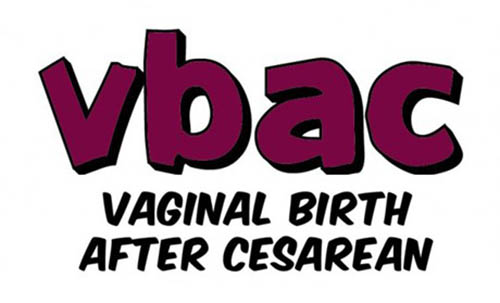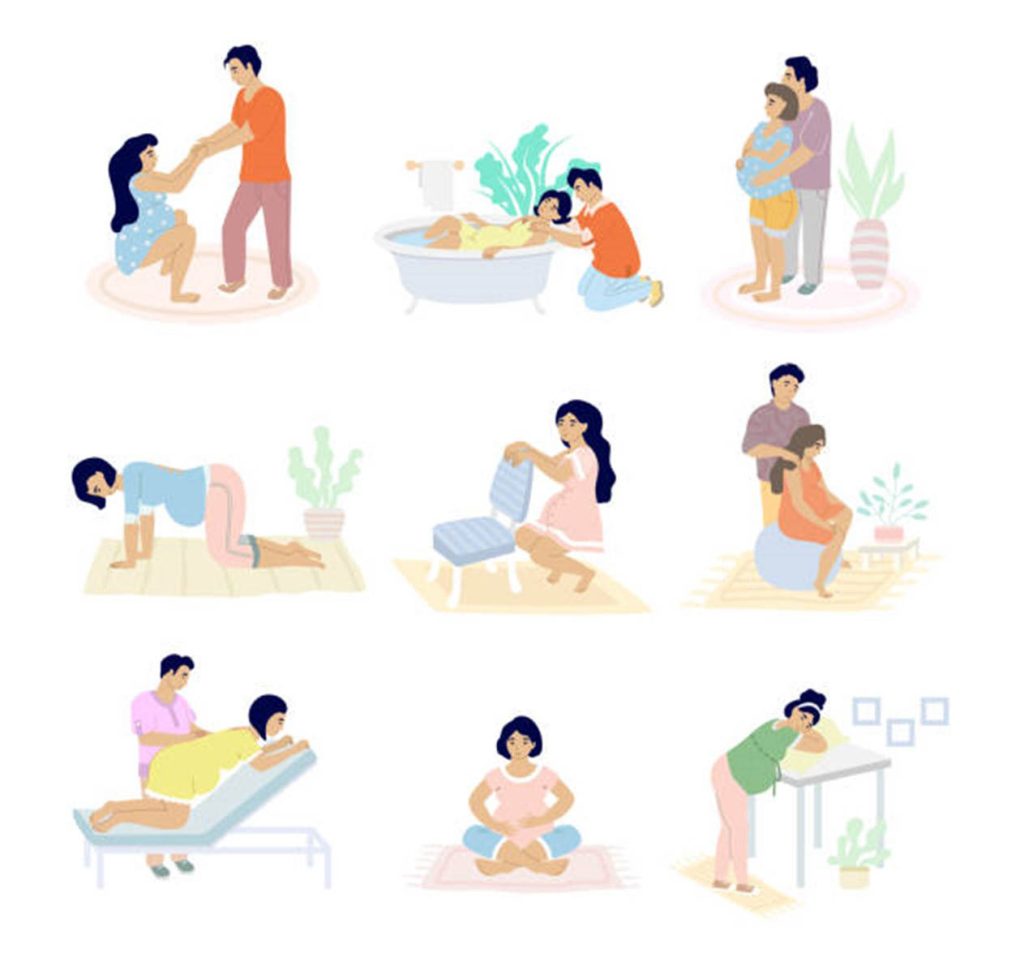
Are you a mama that had a cesarean section but is now looking into having a vaginal delivery with your next baby? You’re not alone! Vaginal Delivery after Cesarean, aka “VBACs” are becoming increasingly common compared to yesteryears. Keep reading to find out if you would be a good candidate for a VBAC (this is information advice only and all decisions should be made with your medical providers) and how to best prepare your body for the big event.
Why might you consider having a VBAC?
If you had planned on having a vaginal delivery but then had to have an emergency c-section with your prior pregnancy, you may want to experience a different birthing journey. Other reasons people may want to have a VBAC include not wanting to take medication (an epidural) and decreasing the risk of increased scarring along the previous incision site.

Who might be a good candidate for a VBAC?
You would be a good candidate for a VBAC if you have a:
- Low-risk pregnancy
- One bun in the oven (not pregnant with twins)
- Low transverse incision (along the bikini line) from your first c-section
- A gap of 2 years between deliveries

Who might not be a good fit for a VBAC?
According to the Mayo Clinic, you might not be a great fit for a VBAC if you have a:
- High-risk pregnancy
- Couple buns in the oven (pregnant with twins or more)
- Baby in the breech position
- Placenta previa or preeclampsia
- Gestation greater than 40 weeks
- History of uterine rupture or previous uterine surgery (including fibroid removal)
- History of more than 2 previous c-section deliveries
How can I best prepare my body for a VBAC?
Pelvic floor physical therapy is a great resource to utilize to prepare for a VBAC! Here are a couple of assessments and interventions your pelvic floor therapist may go over with you in preparation for your delivery:
- C-section scar assessment and manual interventions to decrease adhesions
- Assessment of the pelvic floor muscles to determine their function and coordination, strength, and ability to relax
- Education and instruction on how to push and breathe without straining the pelvic floor muscles
- Body positioning during labor to best assist with dilation and engaging the baby
- Improve core strength to assist with pushing and postpartum recovery
- Perineal massage to help decrease the risk of tearing

Closing thoughts:
When you are making the decision to have a vaginal delivery after a c-section, make sure that your medical team (either OB/GYN or midwife) has experience with VBACS, the facility you will be delivering in is able to do emergency c-sections and that you are confident in your providers experience with this type of delivery. Now, get excited about your decision! Start preparing your mind and your body today and schedule a consult with a pelvic floor PT to set you up in the right direction
